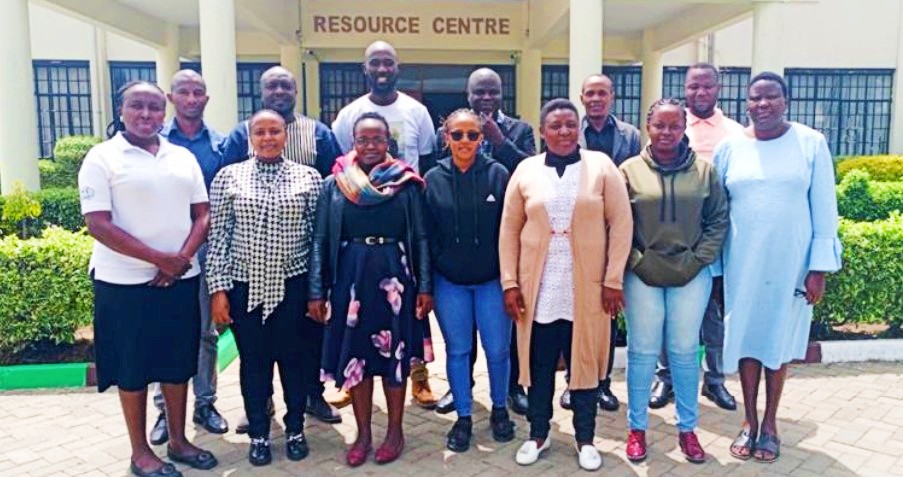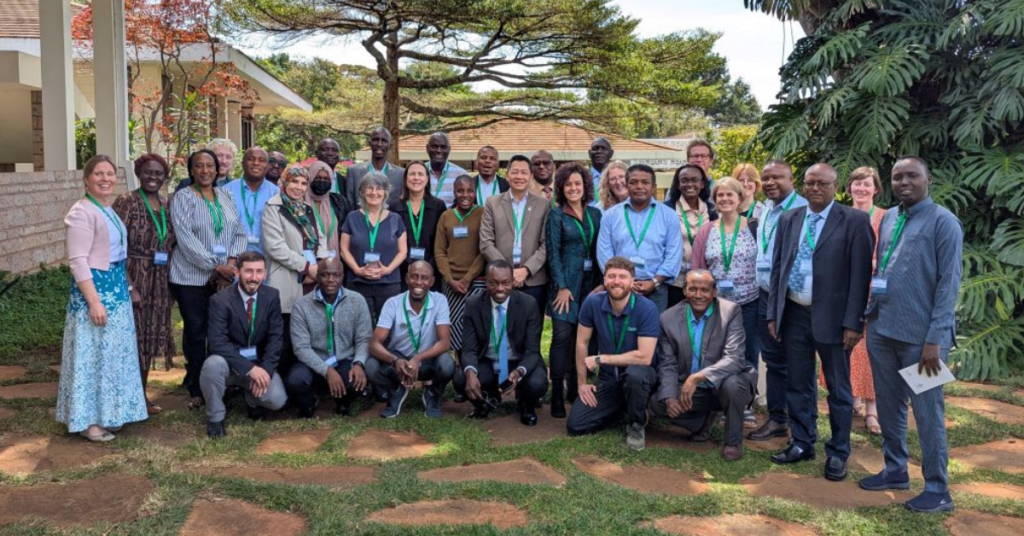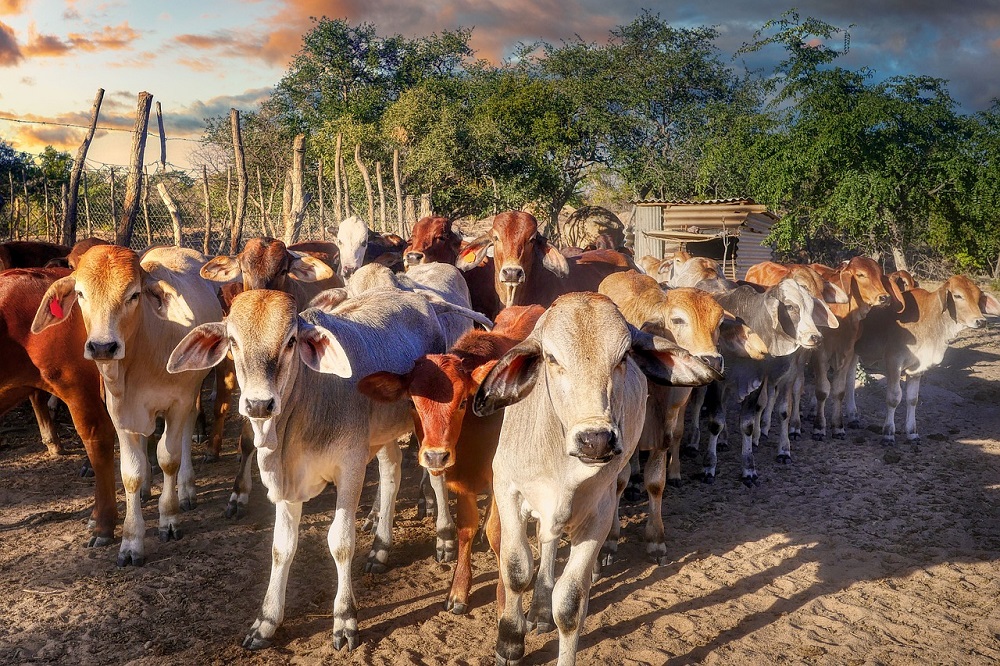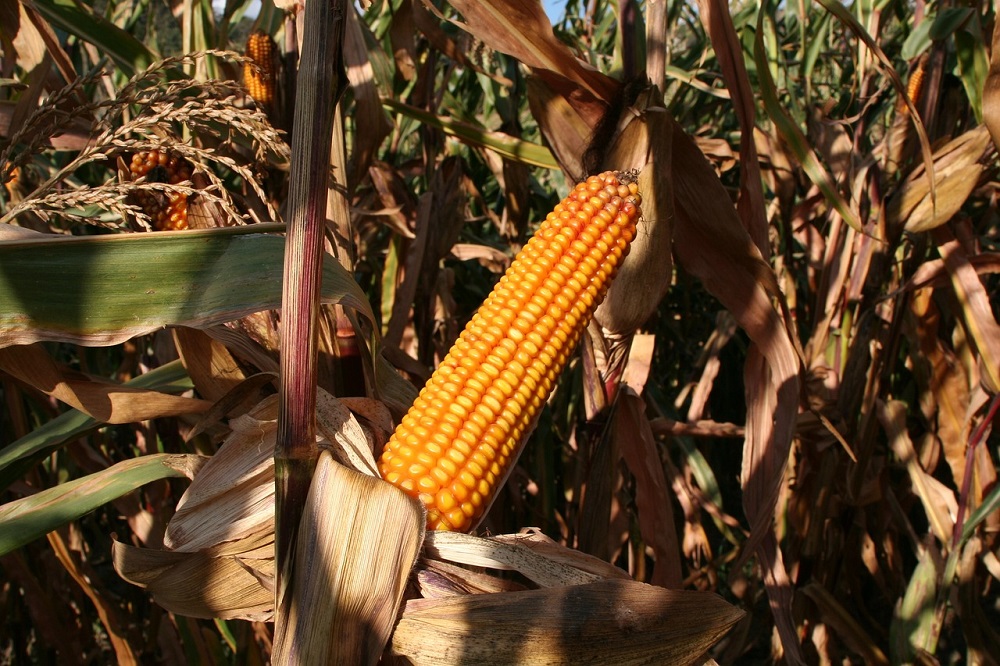CABI Blog
Tag: kenya
You are here: CABI Blog
Training delivered on early warning system using Earth Observation data to help manage crop pest pests in Kenya
April 30, 2025
Wayne Coles
No Comments
CABI has teamed up with the Kenya Agricultural & Livestock Organization (KALRO) to deliver training aimed at helping smallholder maize, bean and tomato farmers understand important crop pest alerts derived from Earth Observation data. Experts in digital development from CABI’s Regional Centre for Africa in Nairobi, Kenya, held a two-day Pest Risk Information Service (PRISE)…
Identifying future One Health research needs to benefit people, animals, plants and environment
April 8, 2025
Monique Tsang
No Comments
Participants from more than 48 countries have gathered in a series of workshops to discuss future One Health research priorities to inform research that will benefit people, animals, plants and the environment. One Health is a multi-sectoral approach aimed to optimize the health of humans, livestock, plants, and the ecosystems they share. “The interdependencies between these…
CABI convenes workshop designed to strengthen Kenya’s soil information system
October 7, 2024
Alasdair McKay
No Comments
CABI and ISRIC — World Soil Information recently hosted a workshop with KALRO in Kenya aimed at advancing the development of Kenya’s national soil information system.
CABI supports workshop on efficacy and residue data extrapolation and crop grouping guidelines
September 26, 2024
Wayne Coles
No Comments
CABI has joined forces with the Pest Control Products Board (PCPB) and aak-GROW to deliver a five-day workshop aimed at demystifying the Kenyan efficacy and residue data extrapolation and crop grouping guidelines.
CABI works with partners to develop simplified manual of KS 1758: Horticulture Code of Practice for Kenya
August 20, 2024
Wayne Coles
No Comments
CABI has worked in partnership to help develop a simplified manual outlining with illustrations the details of the KS 1758: Horticulture Code of Practice for Kenya which is aimed at enabling more farmers to produce safe food.
CABI empowers youth to transform agriculture and contribute to greater food security in Kenya and Uganda
May 24, 2024
Wayne Coles
1 comment
Meet smallholder farmer James Muliasi, a resident of Kanye It Village in Njoro Sub County, Kenya, who has emerged as a champion for agricultural development in his community thanks to training received by CABI together with a range of partners.
CABI study brief explores effectiveness of farmer groups in promoting safe food production standards
November 30, 2023
Wayne Coles
No Comments
A new CABI study brief has been published which delves into important aspects regarding the effectiveness of farmer groups in advocating for and adopting safe food production standards using experiences from Ghana and Kenya. The study brief, written by CABI scientists Maureen Njenga, Walter Hevi, Suzanne Neave, Lucy Karanja, Dr Naphis Bitange and Dr Monica…
Study highlights how joint clinics can help Kenyan farmers address ‘One Health’ issues
November 2, 2023
Toby Penrhys-Evans
No Comments
In sub-Saharan Africa, economic growth from agriculture is 11 times more effective at reducing extreme poverty compared with any other sector. In Kenya, 71% of the rural population work in the agriculture sector, accounting for nearly 70% of export earnings.
Antibiotics use in Kenyan livestock studied
June 13, 2023
Wayne Coles
No Comments
The use of antibiotics for livestock has formed part of a study in Kenya aimed at investigating technological challenges in development and food security.
Perceptions of genetically modified crops under the microscope in Kenyan study
June 6, 2023
Wayne Coles
No Comments
The perceptions of Genetically Modified (GM) crops has come under the microscope as part of a study in Kenya aimed at investigating technological challenges in development and food security.
Subscribe to blog
DISCLAIMER
Views expressed in contributions do not necessarily reflect official CABI positions.
Archives
Categories
- Agriculture and International Development
- Veterinary and Animal Sciences
- Climate change and biodiversity
- Publishing
- Value chains and trade
- Crop health
- Environmental Sciences
- Human Sciences
- Tourism, Hospitality and Leisure
- Food and nutrition security
- Plant Sciences
- Gender and youth
- Digital development
- Development communication and extension
- Economic development
- Invasive species
- CABI Bioservices
- One Health










